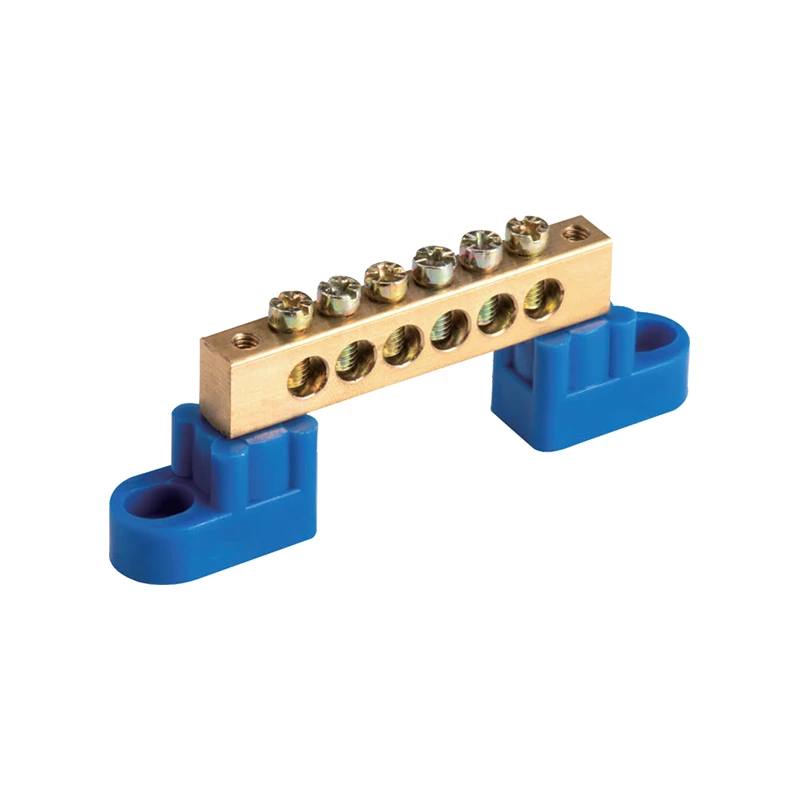What Are The Commonly Used Nameplates For Power Fittings Transformers?
What are the commonly used nameplates for Copper Terminal block transformers?
(1) Model
It consists of 2 to 4 pinyin letters and numbers. It usually indicates the coil type, insulation type, conductor material and application of the current transformer. The number after the horizontal line indicates the voltage level (kV) of the insulation structure. The meaning of the letters in the model is shown in Table 3-4. ) I
(2) Rated current ratio
It is usually marked in fractional form, with the numerator indicating the rated current of the primary coil (A) and the denominator indicating the rated current of the secondary coil (A). For example, if the current ratio of a current transformer is 200/5, it means that the rated current of the primary side of the current transformer is 200A and the secondary side is 5A. The current ratio is 40 times.
(3) Rated error level
The rated error level is the percentage of the rated ratio error of the current transformer. It is usually divided into five levels: 0.2, 0.5, 1. 3. 10. When using, it should be selected according to the requirements. For example, electricity metering generally uses level 0.2 or level 0.5, while relay protection uses level 3 or differential level.
(4) Rated capacity
The rated capacity of a current transformer refers to the rated apparent power S2 (VA) of the load it carries. In addition to being expressed in terms of rated apparent power, it can also be expressed in terms of the impedance value Zz (n) of the rated secondary load. This is because S2 = IZz, and because I2 is a constant (5A), the two can be converted to each other.
(5) Thermal stability and dynamic stability multiples
When a power system fails, the ability of a current transformer to withstand the thermal and electrodynamic effects caused by a short-circuit current without being damaged can be expressed in terms of thermal stability and dynamic stability multiples. The thermal stability multiple refers to the ratio of the thermal stability current (i.e., the current that does not cause the current transformer to heat up beyond the allowable limit within one second) to the rated current of the current transformer; the dynamic stability multiple is the ratio of the instantaneous value of the maximum current that the current transformer can withstand to its rated current.

